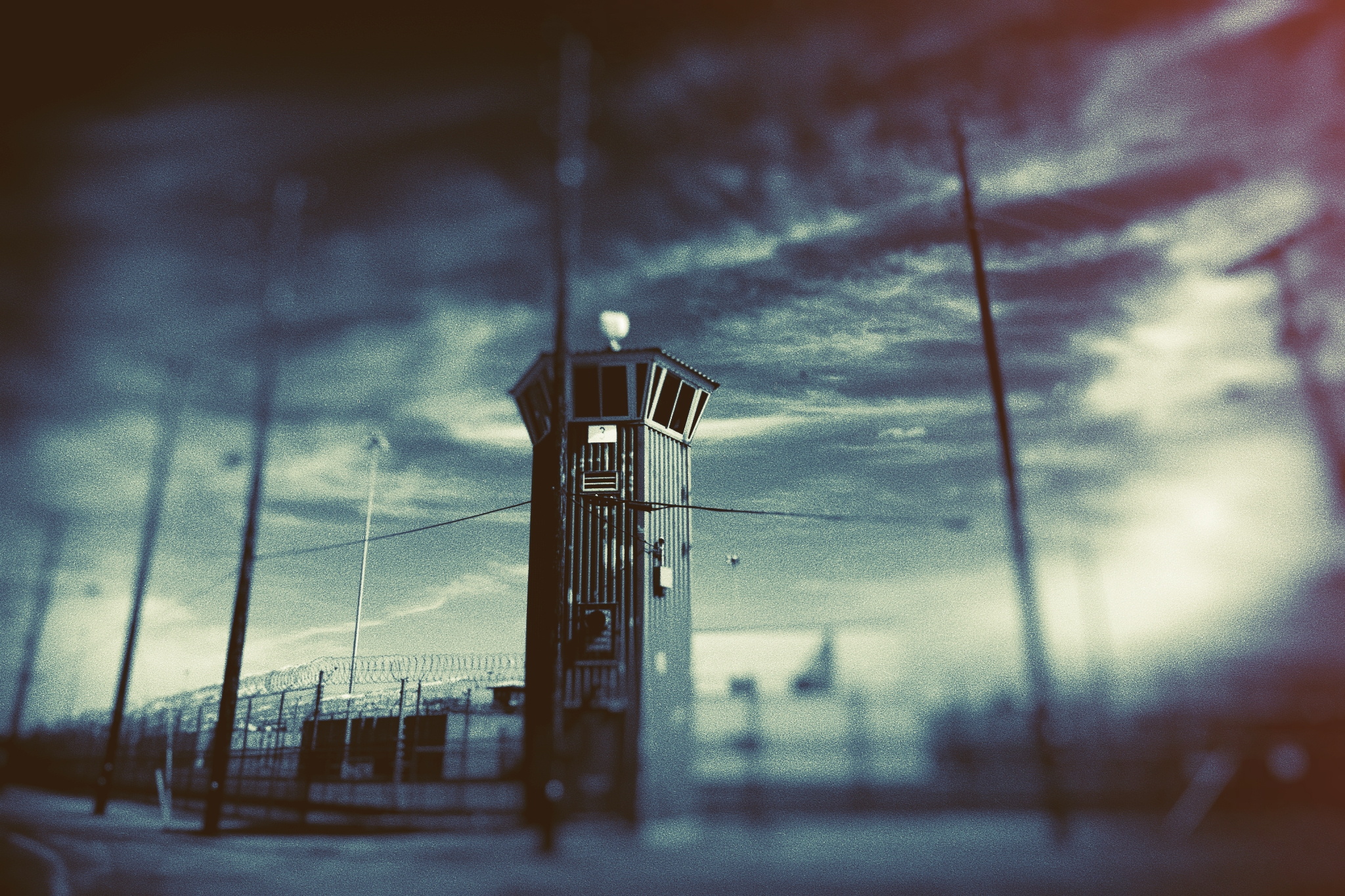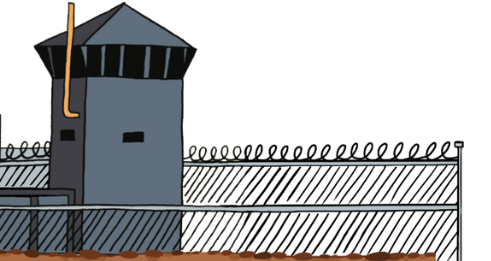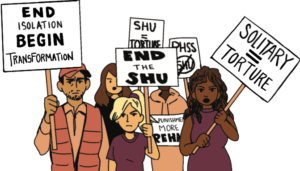What Is Solitary Confinement?
The Practice
Solitary confinement, the practice of isolating people in cells for 22-24 hours a day, stands as a significant aspect of incarceration in the United States. Today, the estimated number of individuals held in isolation in U.S. prisons is 100,000, compared to only 55 in the United Kingdom. This practice, done in all 50 states, has serious consequences for the life and dignity of incarcerated people. 29% of incarcerated people who spend some time in solitary confinement during a one-year period have been diagnosed with mental illnesses. 50% of suicides in prison take place in solitary confinement; youth who are put in isolation are 19 times more likely to commit suicide than the general population.


The Conditions
The conditions of isolation speak to such bleak outcomes: the average size of a solitary confinement cell is 7 x 10 feet. Compare this to the average parking space size of 8 x 16 feet. Incarcerated people in isolation are often only allowed 1 to 2 hours of exercise a day in a fenced-in area called a “dog run.” Yet, for such severe conditions, no judge or jury in the United States ever sentences anyone to solitary confinement as such. It is a punishment meted out entirely by corrections officials, outside the due process of the courts, and with no evidence that the practice of isolation reduces prison violence whatsoever. Quite the contrary, criminal violence by those held in solitary has been found to increase by 10% to 15%. Besides the human and ethical cost, isolation also has a negative economic impact. Whereas the average cost of keeping someone incarcerated in prison is $25,000 per year, the average cost of keeping a person in solitary confinement is three times that, at $75,000 per year.
The System
Solitary confinement is the control mechanism that has enabled our system of mass incarceration to grow into the monstrosity it is. The practice is designed to intimidate, crush, and “disappear” people who are deemed a threat to the prison status quo. But the alternative is not “solitary-lite”—which we’ve seen at Cook County Jail and in Colorado’s prisons—repackaging the same cruelty with slightly different parameters and a more palatable name. Eliminating long-term isolation would fundamentally transform and shrink our carceral system.


The Goal
Our ultimate goal is decarceration and the abolition of the prison system. We believe that our tax dollars should be invested in people and used to address underlying social, economic and mental & public health issues. Communities that are most impacted by the criminal law system are those with a majority population of Black, Indigenous and People of Color populations as well as low income and Non-English speaking populations. These impacted communities have a history of over-policing and their social systems being defunded. These communities need funds reinvested in them now and an end to criminalizing the people who live there. The people who live in these communities also need to be decision makers in the planning and implementation of any community investment program.
The Movement
Nonetheless, there are global guidelines which could reduce the impact of isolation. In 2011, United Nations torture expert Juan Méndez called for a ban on long-term solitary confinement, arguing instead for a 15-day maximum for a person to be held in isolation. This is because of the lasting psychological damage caused by periods of isolation longer than 15 days. However, the United States still has a long way to go in meeting these standards. In California alone, 78 people remain in solitary confinement for durations exceeding 20 years and counting.
The Mandela Rules
The “Nelson Mandela Rules” for the treatment of prisoners were adopted by the United Nations in 2015. The rules apply to everyone held in a UN member state’s prisons.
The Mandela rules define solitary confinement as at least 22 hours a day spent with no meaningful human interaction. Solitary confinement lasting longer than15 days is prohibited. Solitary confinement is permitted only in exceptional cases as a last resort, for as short a time as possible and subject to independent review. Solitary confinement is prohibited in the case of prisoners with mental or physical disabilities when their conditions would be exacerbated by such measures. Solitary confinement of women and children is prohibited.
The resolution makes it clear that solitary should be used only in extreme cases and should be the very last of options prison officials use when it comes to disciplinary actions.
Solitary by the Numbers
Statistics compiled by Solitary Watch

